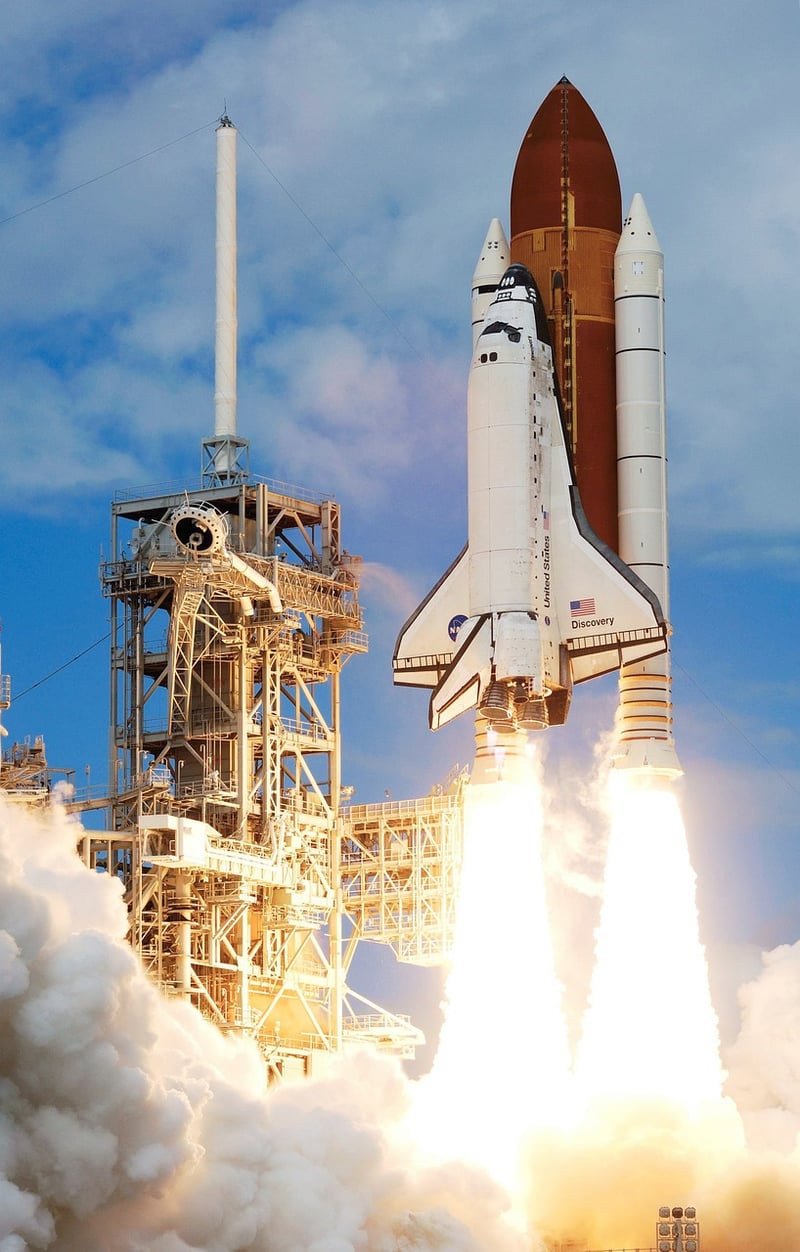Space Exploration
The Evolution of Technology in Space Exploration
Space exploration has always been at the forefront of technological innovation, pushing the boundaries of what is possible and expanding our understanding of the universe. Let's take a journey through the significant technological advancements that have shaped space exploration over the years.
1. The Space Race
It all began with the intense competition between the United States and the Soviet Union during the Cold War era. The launch of Sputnik 1 by the Soviet Union in 1957 marked the beginning of the space race, leading to significant advancements in rocket technology.

2. Moon Landing
One of the most iconic moments in space exploration history was the Apollo 11 mission in 1969 when humans first set foot on the moon. This remarkable achievement was made possible by advancements in spacecraft design, navigation technology, and computing.

3. Mars Exploration
In recent decades, there has been a renewed focus on exploring Mars. Rovers like Spirit, Opportunity, and Curiosity have provided valuable insights into the Martian surface, thanks to advancements in robotics, artificial intelligence, and communication systems.

4. International Space Station (ISS)
The International Space Station, a collaboration between multiple countries, has been orbiting Earth since 1998. It serves as a research laboratory for studying the effects of long-duration spaceflight on the human body and testing new technologies in microgravity.

5. Future Technologies
Looking ahead, the future of space exploration holds exciting possibilities with the development of technologies like reusable rockets, advanced propulsion systems, and even plans for crewed missions to Mars and beyond.
As we continue to push the boundaries of space exploration, technology will play a crucial role in unlocking the mysteries of the universe and inspiring generations to dream of the stars.
Explore more about space exploration here.
